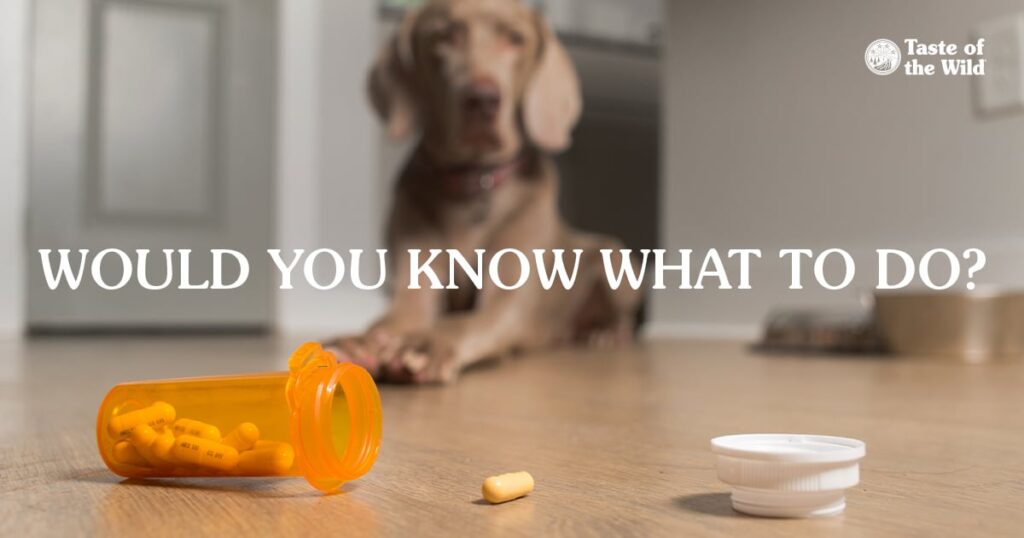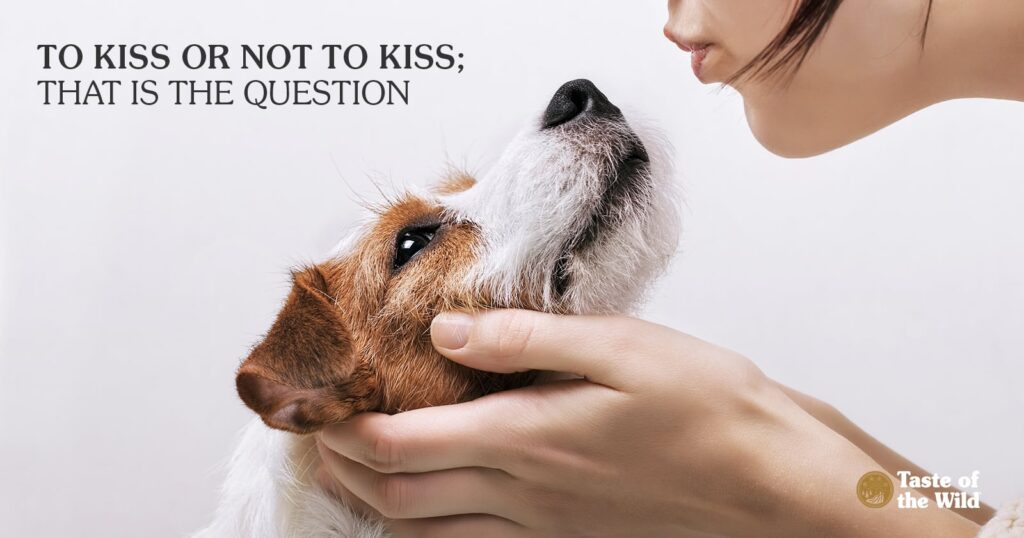
Curious pets have a way of getting into things they shouldn’t. Maybe your dog nosed through the garbage can. Or your cat gnawed on a new houseplant. Or a pet pried open the bottle of human medications in your backpack.
Dogs and cats are often inadvertently poisoned by ingesting toxins, but like people, they can also be poisoned by inhaling noxious fumes or if their skin comes into contact with certain chemicals.
When exposed to toxins, a healthy pet can become ill before you know it. Of course, the severity and timing of signs varies depending on the toxin involved. Signs like lethargy or loss of appetite can be subtle or they can be severe, ranging from vomiting and diarrhea to collapse and seizures.
Would you know what to do, if you suspect your pet has been poisoned?
Practice poison prevention
Help protect your pet from poisoning with the following:
Know about potential poisons. When you’re aware that many common lilies can be toxic to cats, you can keep them out of your house. Visit the Pet Poison Helpline to learn what plants, household and garden items may cause trouble. For cats, common toxins include acetaminophen, flea and tick medications containing pyrethrin, and human antidepressants. The list for dogs includes chocolate, the artificial sweetener xylitol and grapes.
Store toxins out of paw’s reach. Carefully place household, yard and automotive chemicals where pets can’t access them. Replace toxic house and garden plants with pet-safe versions. Secure rodenticides where mice can access them but pets can’t. All human and pet medications should be kept in a medicine cabinet or drawer. Never leave human foods in places where counter surfers can reach them.
Keep important numbers close. Program the following numbers into your phone, so they’re close at hand: your regular veterinarian (if potential poisoning happens during regular business hours), the closest 24-hour emergency veterinary clinic (for after hours) and ASPCA Poison Control (888) 426-4435 or the Pet Poison Helpline at (855) 764-7661 (there may be a fee).
Be prepared for an emergency. Keep 3 percent hydrogen peroxide in your medicine cabinet, in case your veterinarian asks you to induce vomiting in your dog. Replace the bottle when it reaches the expiration date. It may help to have a syringe on hand, for administration. Hydrogen peroxide is only for use in dogs; there is no at-home medication to induce vomiting in cats. Avoid internet suggestions for making your pet vomit, such as using vegetable oil or salt.
With any toxin exposure, act fast
If you suspect your pet has been poisoned, contact your veterinarian immediately, even if your pet is acting normal. The sooner your pet can be treated, the more likely it is for a good prognosis. Other important steps include:
Try to identify the toxin involved. If possible, bring the product packaging, plant, medication or photos of the poisoning site to the clinic. This will help the doctor better identify the toxin so the appropriate treatment can be started as soon as possible.
Bring a vomit sample to the vet in a clear, plastic bag. If you’re unsure what your pet may have gotten into, the vomit may contain materials that can help your veterinarian identify potential toxins.
Never induce vomiting or provide treatment unless directed by your veterinarian. Some toxins can cause damage to the esophagus, mouth or nose, or be aspirated into the lungs if vomiting is induced. Do not induce vomiting if your dog is unconscious, unable to stand, is having trouble breathing or is having a seizure. Giving your pet milk will not neutralize the toxin. And never give any human over-the-counter medicine as a treatment, unless you are asked to do so by your veterinarian.
Even if you’re careful, toxin exposure can happen. Knowing when your pet may be in trouble and seeking immediate veterinary help are the best ways to help keep your pet safe and healthy.


